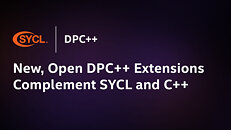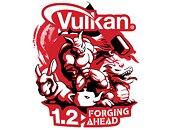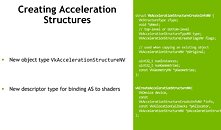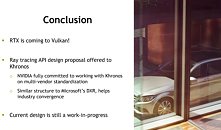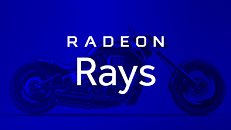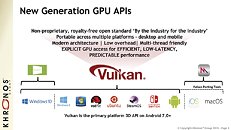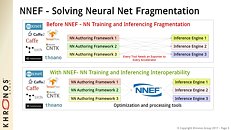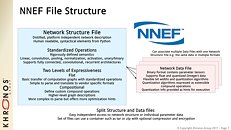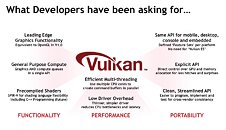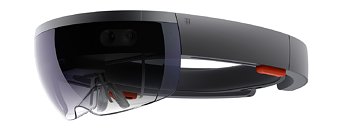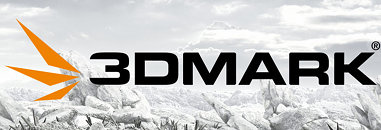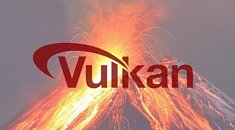Khronos Publishes Vulkan Roadmap 2024, Highlights Expanded 3D Features
Today, The Khronos Group, an open consortium of industry-leading companies creating advanced interoperability standards, announced the latest roadmap milestone for Vulkan, the cross-platform 3D graphics and compute API. The Vulkan roadmap targets the "immersive graphics" market, made up of mid- to high-end smartphones, tablets, laptops, consoles, and desktop devices. The Vulkan Roadmap 2024 milestone captures a set of capabilities that are expected to be supported in new products for that market, beginning in 2024. The roadmap specification provides a significant increase in functionality for the targeted devices and sets the evolutionary direction of the API, including both new hardware capabilities and improvements to the programming model for Vulkan developers.
Vulkan Roadmap 2024 is the second milestone release on the Vulkan Roadmap. Products that support it must be Vulkan 1.3 conformant and support the extensions and capabilities defined in both the 2022 and 2024 Roadmap specifications. Vulkan roadmap specifications use the Vulkan Profile mechanism to help developers build portable Vulkan applications; roadmap requirements are expressed in machine-readable JSON files, and tooling in the Vulkan SDK auto-generates code that makes it easy for developers to query for and enable profile support in their applications.
Vulkan Roadmap 2024 is the second milestone release on the Vulkan Roadmap. Products that support it must be Vulkan 1.3 conformant and support the extensions and capabilities defined in both the 2022 and 2024 Roadmap specifications. Vulkan roadmap specifications use the Vulkan Profile mechanism to help developers build portable Vulkan applications; roadmap requirements are expressed in machine-readable JSON files, and tooling in the Vulkan SDK auto-generates code that makes it easy for developers to query for and enable profile support in their applications.





















